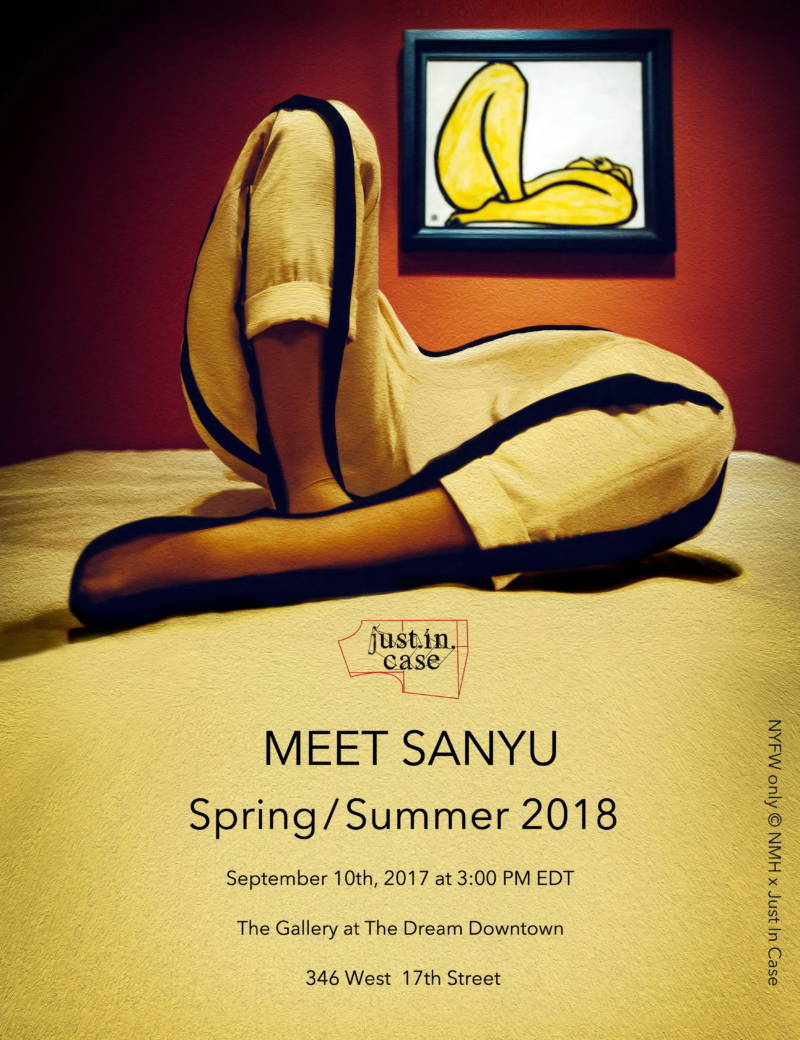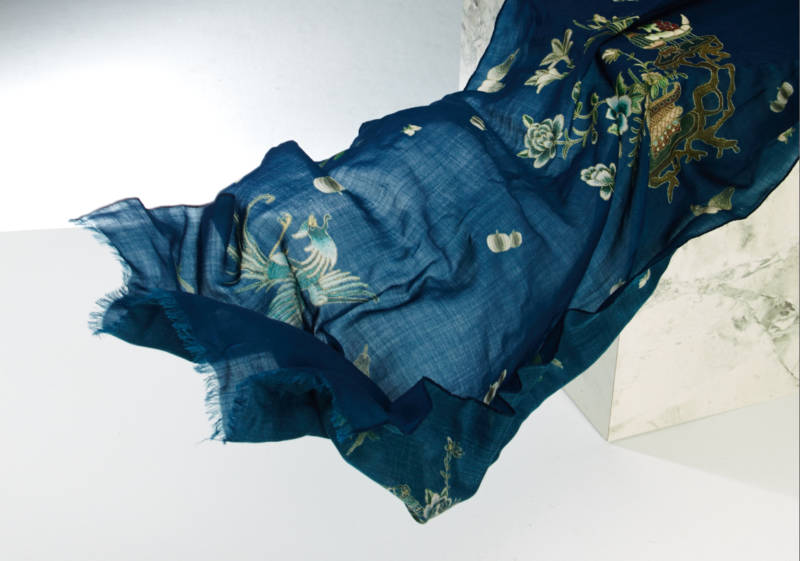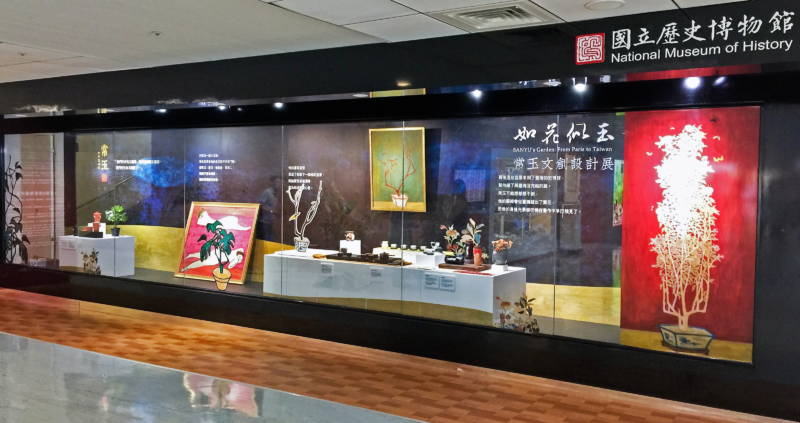【Museums Link Asia-Pacific】Looking for Creativity in the Culture: A Study on Digital Image Licensing Policy in Taiwan
Author: Wang, Ya-Hsuan (Research Assistant, National Museum of History)
The museum began to take pictures of collections because of recording. Digital archive becomes an invisible extension of the collections. In digital era, digital image licensing has become one of the foundations of museums to promote cultural and creative industries today. Museums have different considerations of licensing policy due to many complicated situations. In this article, we take the National Museum of History as the example to introduce the museum’s licensing strategy and art marketing, and hope to provide practical suggestions of image licensing policy for museums in Taiwan.
Keywords: image licensing, cultural and creative industries, brand licensing, art marketing
Nowadays, we expect a lot from the museums, including issues of activation, innovation and sharing etc. In this article, we take the National Museum of History as an example to show how to use collections wisely instead of increasing collections merely. The National Museum of History was established in 1955, and also the first public museum after the government relocated to Taiwan. The main historical relics in the beginning were Huaxia cultural relics and relics returned from Japan etc.; afterwards, the museum built a national gallery in 1961 which is a very essential milestone for art exhibition field. The National Museum of History aims to reach broadly to the public through the collections, exhibitions, education, researches and the cultural and creative industries developed lately. Through the idea of activating the cultural resources, it continuously outlines the contemporary style. Based on the licensing policy, the museum can gradually build up a cultural and creative network, allowing cultural preservation and knowledge transfer to break through the boundaries and play the role as a content supplier. With the social role as museum, it is opened to public for creating the culture together and expanding its influence broadly.
Licensing policy as a key to open museum’s rare treasure case
The cultural and creative industries have developed rapidly under the support of relative policies; meanwhile, the market and popularity of culture and art field in Taiwan are relatively mature and high in Asia, which are the basis and opportunities to licensing policy for museums. “Licensing” is the trading of intangible property. It needs to have professional knowledge for international and local, and should have a deep understanding of cultural imagination and the art focus in various markets. Furthermore, the fields and categories are separated carefully in licensing industry; therefore, it’s flexible to form diverse model of operations. Museums, as a licensor, are a crucial role to keep the balance between cultural value and commercial application when facing a diversified and fast-growing licensing environment.
For centuries, image licensing is limited to “single image, single usage”, and after walking into the digital era, the museums have collected a great quantity of digital image resources, which means that the museums have a large number of copyrights. The change of digital forms helps the growth of multiple patterns for image licensing, and thus changes the ways and characteristics, promoting more application for the museums’ collections.
Nowadays, most of the museums with licensing service have integrated commercial licensing, brand licensing and other forms into a comprehensive licensing policy, setting cooperation mode with differences in royalty, scale and earnest money system. Both parties can boost synergy effect on their brands, and share the customer resources if they step into brand licensing. In general, the museums can charge royalty with fixed percentages based on licensing conditions due to the market rules of proportional royalty in image licensing with commercial usage. For example, the National Museum of History charges 6% of list prices for general commercial licensing case. The cost-effectiveness of one single case is much higher than non-profit using; therefore, it has become the promising museums’ new emphasis in their business strategy.
Discover the charm and diversity of collections
Through licensing model, the National Museum of History uses digital images as cultural media to show the creativity, making boring history text more daily, and letting national collections enter the life of the public. The museum deconstructs the original categories, which are usually divided by their texture and year, integrates by their contents, and plans 6 themes with finely selected precious images, including “Annual Products”, “Treasure Collections”, “Majestic Signs”, “Eastern Talents”, “Lucky Fortune” and “Lotus Impression.” These themes are all connected with sequence of ideas, impressions of audience, history of museum and popularity of exhibitions. In addition to academic values, the licensee can focus on generating the visual impression on the collections.
The National Museum of History also analyzes the popular images from the previous licensing cases as first-hand information. From the popular images works, such as “the horizontal scroll of embroidered flowers and birds” and a series works of “meticulous flowers-and-birds painting”, “Autumn Lotus and White Egret” and “The Ten Gibbons” from Puru, we can tell that licensees in Taiwan prefer graphic works with clear composition. In this year (2017), the latest licensing project is Sanyu’s works, and they have made the greatest success in history. Especially, even the museum has its own annual flagship of licensing; the applicants still can freely discover the beauty in different collections.
The National Museum of History also presents diverse developments in the licensing accomplishments. The licensing products are transformed into aesthetic works with its cultural meanings and elements through design instead of being printed in graphics. For many years, the museum also tried many crossover licensing cooperation, and strongly bonded the connection of art marketing between brands and the museum, such as the partnership with the brand Just In Case to attend New York Fashion Week, a series of tea set with Lohas Pottery, the authorization for Clé de Peau Beauté under Shiseido Group to make gifts, and cooperation with bride cake company Emperor. The innovative licensing cooperation inherited the cultural aspect of the historical museum but presented it with a creative way, and slightly opened the veil to reveal the rich cultural characteristic lying underneath.

Extension to online & offline network and to international
In addition to the role as a content supplier, the National Museum of History provides various self-operated channel to cultural and creative vendors, including the museum itself, the museum shops in domestic and international airports, and various types of physical channels, allowing reliable cooperation with overseas enterprises. Apart from the advantages of physical channel, the museum also has contracts with foreign distributors to enhance the image licensing through self-operated digital value-added service.
In order to expand the mechanism of cultural resources sharing in digital network, the National Museum of History has established a “digital images value-added website”, which is an online service platform contained with image collection and cultural content, and directly access to cultural and creative development and licensees. This website has online and manual review process to establish standard procedures, covering main functions of digital collection data management system, online pricing system, member service system and media integration studio display etc., making it convenient to people to achieve the goal of opening and applying digital content.
Another virtual channel is overseas licensing expansion. The National Museum of History selected 300 pieces of digital image collections, and made the “Digital Image Collections to Overseas Licensing Expansion Marketing Plan” with assistance from the Ministry of Science and Technology and the Ministry of Culture. The plan aims on foreign official organizations like RMN and Art Resource and other top, famous and worldwide licensing agencies, and empowers them to work on overseas licensing of 300 pieces image collection with contracts. Through these agencies, international users can apply for permission online or in person. Moreover, the museum can control and understand the licensing situation from the professionals.
Conclusion: cooperation and co-creation
The essence of licensing is cooperation and co-creation; therefore, the museum has many different business patterns to work on the design for cultural and creative products as supporting role, the publication of museum magazines, marketing cooperation for both brands, the cultural space display in airports, the operation of museum shops in airports, setting for all kinds of sale channels, participation in domestic and international exhibitions, and cultural and creative activities for public welfare etc. through all the expansion from licensing policy. “Public welfare for culture and creativity” is a unique mode from the National Museum of History, and it helps to assist social organizations to develop and support their stable plans for public welfare. For example, “development plan of cultural and creative platform for public welfare” this year, held by Joyce-Agape Association, Changhua County Government, TVBS Foundation and the museum, applies Sanyu’s digital images to design and develop cultural and creative products, plans the exhibitions and films the documentary with ten enterprises which are dedicated to social welfare. This is one of the museum’s classic plans to convey the spirit of social enterprises to the public.
Beginning with the vertical extension of collections and linking horizontally with cultural creativeness and marketing, the National Museum of History developed the original intentions of image licensing service. Firstly, “licensing is preventing from infringing” is still the most important one. Secondly, the museum expects to convey, share and even achieve the maximum benefits from economy and culture through the combination of commercial image licensing and cultural creativeness.


However, we must be rationally aware that not every museum can step into the licensing market of commercial application. Licensing policy needs plenty of time to prepare and adjust strategically according to its collection categories, licensing status, level of digitalization, material resource licensing policy and other factors that if the museum can afford the labor cost of long-term management etc. Even though museums show their determination and put all resources into licensing application, they need to face situations of high replacement rate of brand licensing, unpredictable market trends, poor profit and so on; not to mention that it’s a new challenge for museums to operate greatly on licensing, which is differentiate professionally into different fields – law, economy, marketing and art.
As a supporter, museums should stand neutral in order to keep the balance between cultural understanding and the development of creativity. From the aspect of keeping cultural value, the image collections in museums should keep their authenticity, and preserve the true stories. The authority of knowledge is the most essential responsibility for museums, which is hard to compete by most organizations, but they want to break the deep stereotype as elites. Interestingly, it’s the authority that brings a lot of advantages while developing licensing services since museums are powerful backup behind their cultural collections, which can make sure the accuracy when conveying the cultural knowledge and thus have their duty completed.
References:
- Global Licensing Survey. The International Licensing Industry Merchandiser’s Association. Sep.1.2017 https://www.licensing.org/research/licensing-survey/
- The Top 150 Global Licensor. The International Licensing Industry Merchandiser’s Association.Aug.30.2017 http://www.licensemag.com/license-global/top-150-global-licensors-3
- 張旭東等(譯)(2012)。啟迪:本雅明文選(原作者:Walter Benjamin)。香港:牛津大學。
- 國立歷史博物館「數位文創加值網」http://cm1955.nmh.gov.tw/

